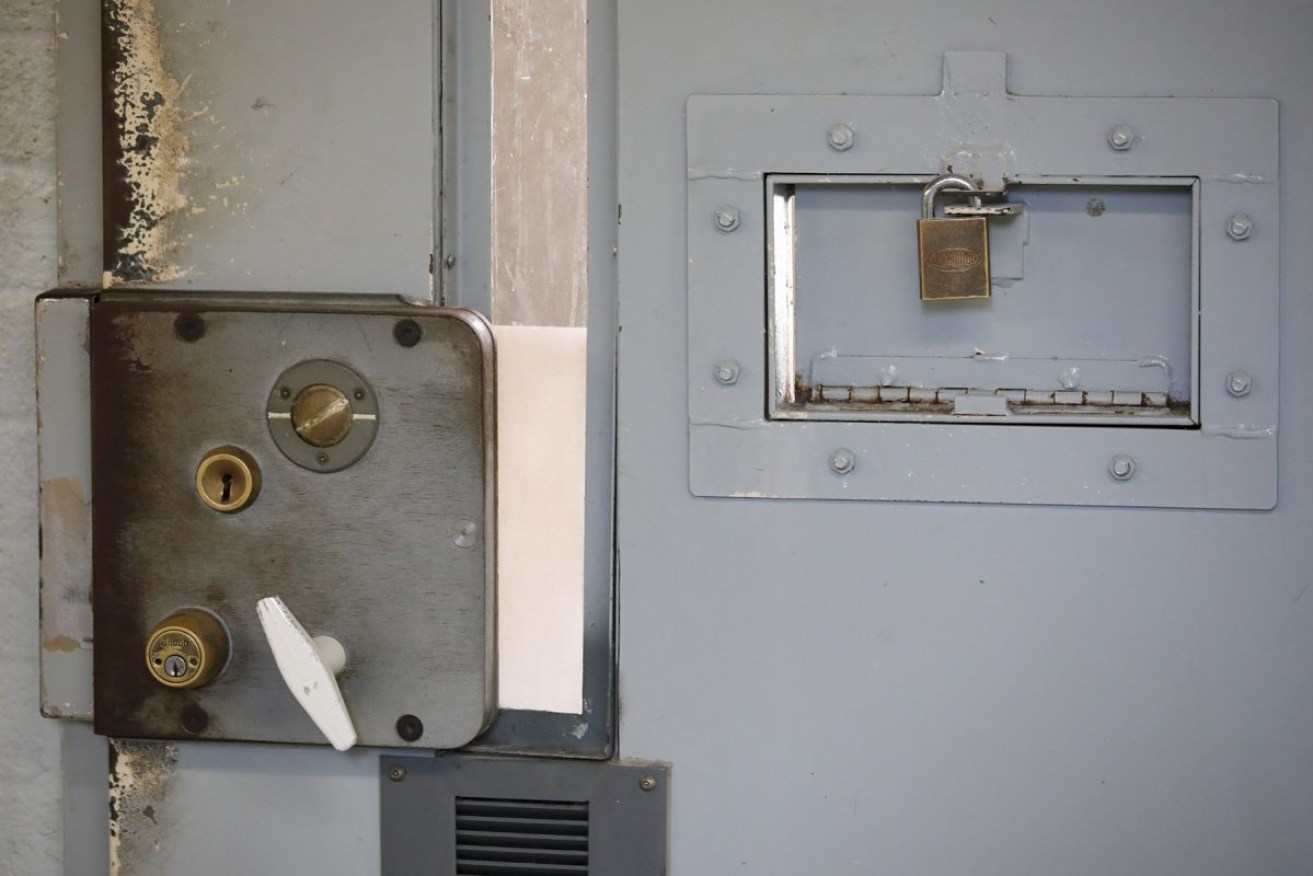No open and shut case for new Adelaide prison
A Gillman site has been earmarked for a new prison amid estimates 800 more beds will be needed within a decade. Hannah March asks if examining who is being jailed and working harder to keep them out would be a better investment.

File photo: Tony Lewis/InDaily
We know this State is suffering a crisis in our hospital and ambulance services, and that the cause of that problem is largely structural. So why are we desperate to create another intractable problem by spending taxpayer dollars on a giant new prison we probably don’t need?
Recently reported modelling by Correctional Services shows daily demand for beds in South Australian prisons is expected to reach 4205 by 2030-31, with an average daily demand of 4042 beds – a shortfall on current beds of around 800.
The current answer to this shortfall of beds in prison sits with a business case for a giant new prison in metropolitan Adelaide (likely at Gillman), soon to be considered by InfrastructureSA and the Malinauskas Government.
Correctional Services – the public servants who manage prisons in this State – are often described as ‘the ambulance at the bottom of the cliff’ in our justice system: doing their best to rehabilitate people who are remanded or sentenced to imprisonment and doing their best to reduce reoffending.
South Australians know – the hard way – that there’s no use simply waiting for an ambulance, we must invest in prevention. We simply cannot accept that a bigger prison is the answer to the skyrocketing demand for prison beds.
Proposing South Australia builds a costly new prison without properly exploring alternative approaches that address the drivers of the increases in prison numbers, is extraordinarily short-sighted public policy. Similarly, without interrogating what is driving the increase in demand for prison beds, how can we responsibly plan for expensive new infrastructure?
We need to examine what percentage of the prison population are serving sentences of less than six months. How many people are in prison for unpaid fines? How many people are in prison for vehicle offending because no one has ever taught them how to drive and spent the time and money to help them get a driver’s licence?
Aside from imprisonment, what are the options for the 44% of people in prison in South Australia who are on remand?
What would ‘demand’ for new prison beds look like if we reinvested even a small amount of that ‘new capital’ in community-led programs to keep people out of prison in the first place?
We know that the experience of incarceration makes it more likely that someone will go on to re-offend. Keeping people out of prison is in fact one of the best things we as a community can do to improve community safety.
The evidence is very clear – we cannot imprison our way to a safer community.

Photo: AAP/Jono Searle
Before we commit to building a new prison in South Australia, we need to take a clear-eyed look at the evidence about ‘what works’ to reduce crime, addressing the underlying drivers.
We need to look at who is currently in prison, the reasons why they are in there, who should be in prison, and who should be diverted. It is deeply ineffective policy to simply predict increases in prisoner numbers and conclude that building a new prison is the sensible response.
The Justice Reform Initiative believes jailing is failing and that there is an urgent need to reduce the number of people in South Australian prisons. The evidence is clear that prisons are ineffective as a deterrent, ineffective at reducing crime, and ineffective at addressing the drivers of criminal justice system involvement.
We believe that the over-use of incarceration is a waste of human potential and a misuse of taxpayer dollars.
The evidence shows that the majority of people entering prison usually arrive there because of an underpinning cycle of disadvantage and that prison both exacerbates and entrenches a broader cycle of disadvantage, which needs to be broken.
We believe the moment has come for change, with a combination of political, economic and social forces coming together to create an opportunity to genuinely challenge and respond to our over-reliance on incarceration – and offer up an alternative vision.
There is an opportunity to do this right now in South Australia. We call on all sides of politics to show leadership here, press pause on this ill-conceived plan and commit to investigating an alternative approach based on evidence.
Investing in people, not prisons, is the key to a safer and stronger South Australia.
Hannah March is the Justice Reform Initiative’s South Australian campaign coordinator.




